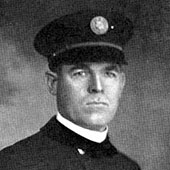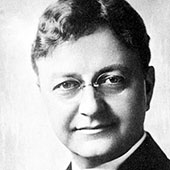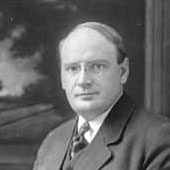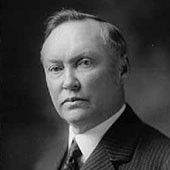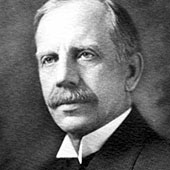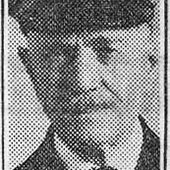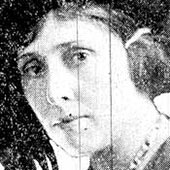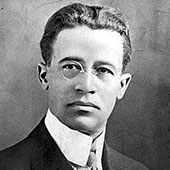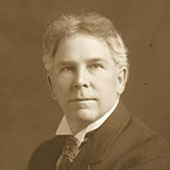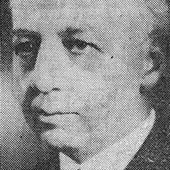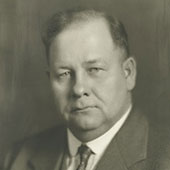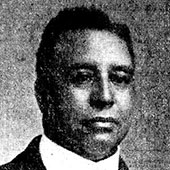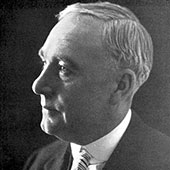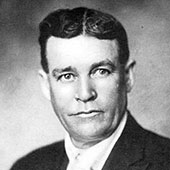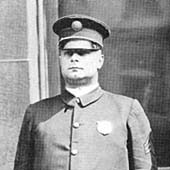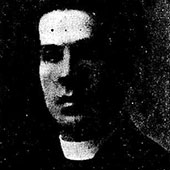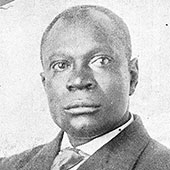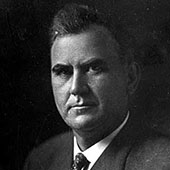People
Barber | Barnett | Brewer | Burnquist | Cant | Clayton | Dondino | Ervin | Fesler | Fiskett | Francis, Nellie | Francis, William | Graham | Greene | Hammerberg | Jackson | Judy | Magney | Majors | Mason | McCullough | McGhie | Miller | Murnian | Murphy | Nelson | Olson | Powers | Rhinow | Scrutchin | Stephenson | Sullivan, James | Sullivan, John | Tusken | Vasaly
Dr. George Brewer, a pastor at First Presbyterian Church in Duluth, was an active voice against the lynchings. He deplored mob violence and called for the swift and harsh punishment of the lynchers.
Serving at First Presbyterian beginning in 1915, he left in 1920 to be a pastor at Grosse Point Presbyterian in Detroit, Michigan.
Burnquist, Joseph A. A. (July 21, 1879 – January 12, 1961)
Cant, William A. (December 23, 1863 – January 12, 1933)
Fesler, Bert (July 22, 1866 – November 3, 1947)
Fiskett, Anthony G. (ca. 1863 – November 21, 1948)
Francis, Nellie (1874 – ca. 1969)
Francis, William T. (1869 or 1870 – July 15, 1929)
Graham, Dr. David ( 1859 – November 11, 1933)
On the morning after the alleged rape, Dr. David Graham, a family physician, examined Irene Tusken at her parents’ home in West Duluth. Though rumors would later circulate that she was dead or dying, Dr. Graham’s examination showed she was in good physical condition with no evidence of rape or assault.
Greene, Warren E. ( – June 27, 1937)
Dr. Milton W. Judy, a Black dentist in Duluth, was active in the campaign to bring the lynchers to justice. He helped ban sales in Duluth of postcards printed with a photo of the three lynched men.
Magney, Clarence R. (January 11, 1883 – May 13, 1962)
Majors, Reverend William M.
A pastor at St. Marks African Methodist Episcopal Church, Reverend William M. Majors was a leading Black citizen in Duluth. He was active in the campaign to bring the lynchers to justice.
St. Marks African Methodist Episcopal Church was a focal point of Duluth’s Black community and served as a place for worship, socializing, and political discussion. It remains an important institution of the city’s Black community. The church building, erected in 1900, still stands today. It is on the National Register of Historic Places.
Murphy, John (October 27, 1869 – )
Powers, Reverend William J. (ca. 1884 – May 16, 1949)
Reverend William J. Powers of Sacred Heart Cathedral, a Catholic church in Duluth, was at the scene of the lynchings. He desperately begged the lynchers to stop, but his pleas were ignored.
Born in Marquette, Michigan, the Reverend studied in St. Paul, Minnesota. He was thirty-six years old at the time of lynchings.

